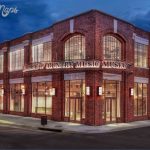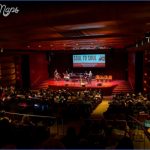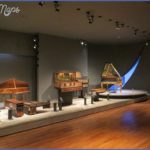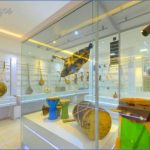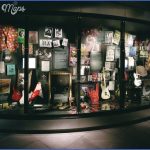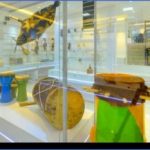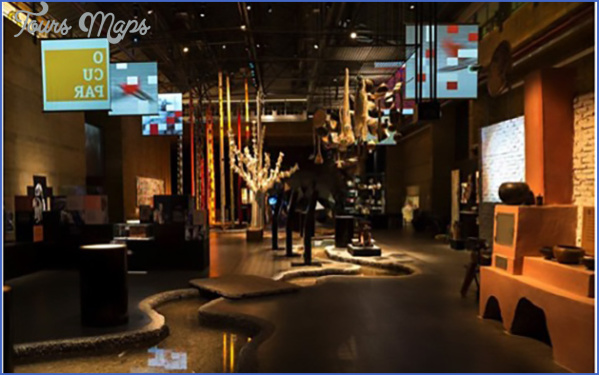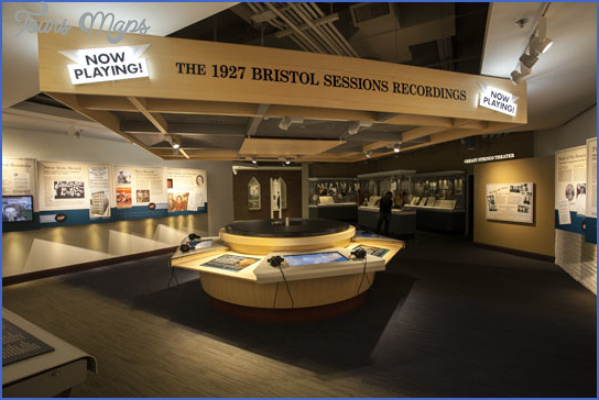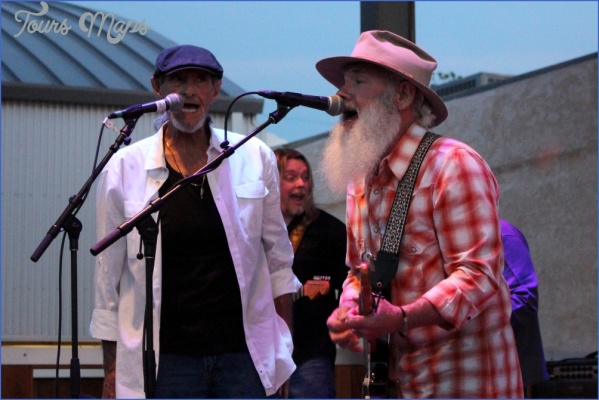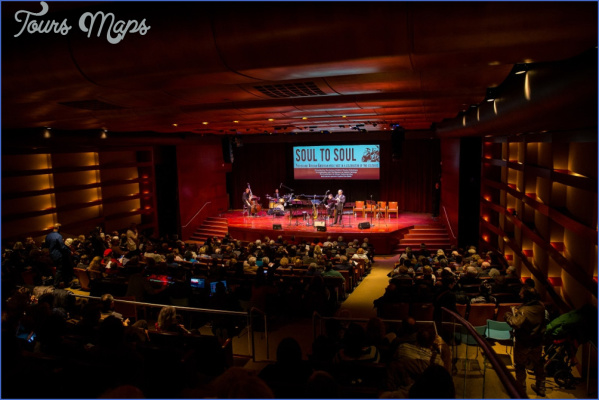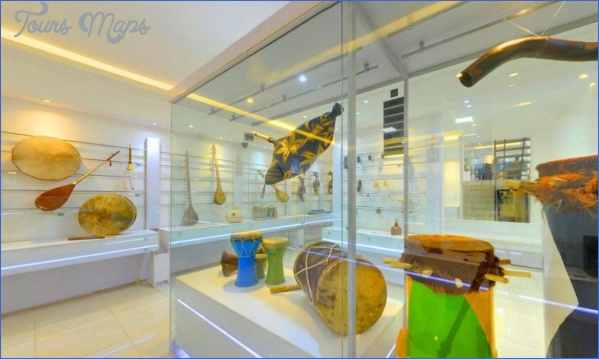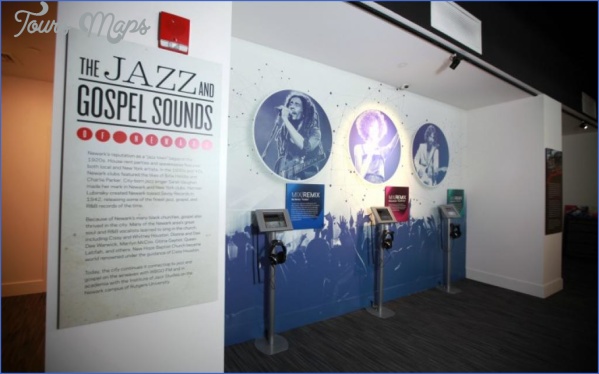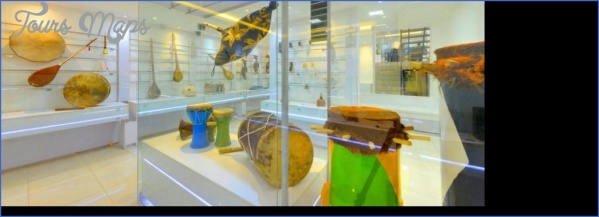It may be appropriate at this point to consider, in broader terms, just what the term ‘musical heritage’ may be said to constitute, as far as museums and memorials are concerned, and to itemize its categories. Clearly, primacy among them belongs to actual musical works, that is, the musical sources: autograph manuscripts, sketches and drafts, secondary copies, early printed editions. Then there is performance, for the actual act of music-making is a continuing and constantly developing part of the heritage, preserved in sound recordings (and sound combined with a visual record), and also in the existence of historic instruments. Performance history has its own records: concert tickets, programmes, handbills, posters, promotional literature (musicians, musical organizations, publishers) and other sources of reportage (contemporary descriptions, criticism). More broadly, there is the literature of music: books, periodicals, journal and newspaper articles. The iconography of music is a large category, comprising drawings, paintings and other representations, photographs, statues, busts and masks, and portrayals of scenes of music-making and other relevant events. Then there are documentary records relating to musicians: birth, marriage and death certificates, school reports, passports, certificates of diplomas, degrees, memberships or awards, correspondence and diaries; related to these are commemorative objects, such as medals, wreaths, presentation items and various kinds of memorial such as plaques and tombstones. Lastly, there are artefacts connected, usually through ownership, with musicians and music-making: furniture, writing equipment, reading glasses, utensils and ornaments, clothing, and the actual premises in which composers lived. It is these last, in particular, that form the subject of this essay.
The standard repositories of musical heritage are of course national, regional, ecclesiastical and academic libraries, archives and museums. For most composers of the past, the bulk of manuscripts and important early printed editions have generally found their way into such institutions, although a significant number remain in private collections. Other source material, such as letters, documents and personal artefacts, has not been so methodically collected. Some composer museums have collections that enable them to vary their displays from time to time, but only a relatively modest number hold significant quantities of primary source material. A few, in particular those attached to research institutes or libraries, or the recipients of important private collections, have developed, or in some cases inherited through familial links, important archival collections of their own. While acquiring and preserving material for posterity, as libraries and archives do, museums seek in addition to interpret their collections for a range of audiences, young and old, the novice and the informed visitor.
Birthplaces, deathplaces, workplaces
Composer museums and memorial rooms occupy buildings of all sorts. A large majority are, of course, in the actual houses where the composers were born, where they lived – for anything from a few months to 30 years or more – or where they died. Most of the truly great composers from Schutz to the end of the 19th century who are commemorated at all are commemorated at the houses of their birth, where those houses survive: among them are Handel, Bach (the actual birthplace is unknown, but the commemorative house is at least close by), Haydn, Mozart, Beethoven, Schubert, Rossini, Donizetti, Bellini, Berlioz, Chopin, Schumann, Liszt, Verdi (possibly the wrong house), Smetana, Bruckner, Musorgsky, Tchaikovsky, Dvorak, Puccini, Mahler, Debussy, Elgar, Sibelius and Rimsky-Korsakov. For most of the notable absentees from that list there is at least a plaque to indicate the site, if it is known. Many of the rather lesser composers represented in this volume, of that era and beyond, are also remembered at their birthplaces, with plaques and sometimes busts or statues. Broadly speaking, birthplace museums tend to be general rather than specialist, and to include some account of the composer’s entire life, not merely the years spent in the house.
Musical Museums Heritage Photo Gallery
For all the sentimental connotations of a birthplace, a place of death offers greater scope for evocation, and a museum that commemorates long residence may tell us more about the composer’s way of life than one at which he happens to have been born. The way of life of early composers – most were fairly mobile, and they often lived in staff quarters of some sort – makes them difficult to commemorate. Handel’s period of 36 years at his chosen London house is a striking exception, and in itself predictive of a new relationship between the composer and society. Of the houses or flats commemorating the Classical Viennese composers only Haydn’s, at Eisenstadt and Vienna, represent reasonably long-term spells of residence. Handel and Haydn both died in their town houses, Bach, Mozart and Beethoven in buildings that no longer
stand. But the circumstances of Beethoven’s death are presented in the museum displays at Heiligenstadt, in north Vienna, and in the centre of the city the pathetic circumstances of Schubert’s are even more movingly brought home in the actual flat where he died, asking to hear Beethoven’s C sharp minor quartet played in the room next to the tiny one in which he lay.
Many other images of composers’ deaths are evoked in these museums, not exclusively in the actual places of death. In this, perhaps unsurprisingly, the Italian opera composers’ museums excel. A room at Rossini’s birthplace relates the circumstances of his death, with the famous Dore engraving, his burial and reburial. The room in which Donizetti spent his last days is evoked by the presentation of his deathbed and his invalid chair; nearby, his last portrait, in which he is seated in the chair, provides graphic corroboration as much by the tactful omission of the chair’s tray and headrest as by its faithful reproduction of its other salient features. The museum also displays the black tailcoat in which he was first buried, recovered ‘almost intact’ at his exhumation. The Bellini birthplace museum goes further, displaying the coffin in which he was interred in Paris before the exhumation and return of his remains to Sicily. In the Verdi museum at his villa, Sant’Agata, the room in which he died in the Hotel Grand et de Milan is re-created, with the original furniture; there is also an account of his death in one of the Busseto museums, and it is possible to visit both the hotel
The room of Verdi’s death, as re-created at Sant’Agata room where he died and his grave in the Casa di Riposo for musicians that he established in Milan. Spontini too was buried in a retirement home of his own creating in Maiolati (his kindliness and munificence towards his native village compares interestingly with his reputation for mean behaviour in the wider world). For Puccini no extra excursion is needed: he and other family members are interred within the museum itself at Torre del Lago, in the chapel of his villa.
Wagner, of course, met his death in Venice, and that is duly commemorated in the Ca’ Vendramin Calergi, where he had been living: the staircase can be seen down which he was borne to the lugubre gondola to start his journey back to Bayreuth, where he is buried in the garden of what is now the Wagner museum. Close by, the house in which Liszt died, rebuilt after wartime destruction, is also a museum. At Bonn, the asylum in which Schumann died, now a public music library, has two rooms to commemorate him. The St Florian monastery in Austria, with which Bruckner was closely associated all his life, displays his deathbed in one of the rooms open to the public and his actual coffin in the crypt of the Stiftkirche. Several other Austrian composers’ deaths are particularly commemorated – Lehar’s, Koschat’s and Einem’s – by the re-creation of the rooms in which they died (or simply their maintenance as they were), and in the Franz Schmidt memorial rooms the visitor may find himself sitting on the sofa on which the composer’s body was rested when he died. Other strong death images include the jacket worn by the Latvian Emils Darzins when he was struck and killed in a railway accident, the desk on to which the Romanian Tudor Ciortea fell as he died and the sofa on which the Ukrainian Mykola Leontovych was shot (the bullet hole is clearly to be seen).
The reconstruction – or sometimes the retention – of a composer’s working environment may often be revealing. The earliest example must be the hut to which Mozart was consigned to concentrate on finishing Die Zauberflote, originally in Vienna, now rebuilt in Salzburg. The most famous composing huts, hidden away in woods or by lakesides or both, are the three of Mahler’s, all now mini-memorials. Grieg had two, one by a lake in the beautiful Hardanger country, at Lofthus, and later the one at Troldhaugen, and Wilhelm Kienzl had one by the Aussee; a similar need for quiet and seclusion led Dora Pejacevic to build a pavilion in the grounds of her palace in Nasice, in Croatia.
Several composers who needed to spend the concert season, or the academic year, in a city relished the opportunity to escape to rural peace in the summers. Many of Beethoven’s summer excursions, to Heiligenstadt or the Dobling area north of Vienna, or Modling or Baden to the south, are commemorated by museums. So is Weber’s summer residence at Hosterwitz, then in a wine-growing area outside Dresden, and so too are some of
The ‘Magic Flute’ hut at the Mozarteum in Salzburg
Brahms’s, to spas (Baden-Baden), lakeside resorts (Gmunden, Portschach) or walking country (Murzzuschlag), although not all of his holiday homes survive. Tchaikovsky’s favourite summer haunt was Kamenka, his sister and brother-in-law’s estate in Ukraine, now a museum jointly to Tchaikovsky and Pushkin; there is a large cave in a nearby hillside – it has since engaged the attention of architects and builders – to which he is said to have resorted for the quiet he needed to compose. His pupil Taneyev kept closer to home for his summer escapes; he is commemorated in his friend’s cottage close by the one he rented in Dyut’kovo, not far west of Moscow, in 1908-15.
Summer homes in attractive areas lend themselves happily to adaptation as memorial houses. The earliest of these must be Ole Bull’s architectural frolic on the island of Lys0en, built in the 1870s. In 1914 Peterson-Berger built his own country house, at Froson, in north central Sweden, with a fine view across the water from his study, for his summer breaks up to 1930, when he retired there. Jazeps Vltols was given his country estate by a grateful Latvia for his services to music, but had no pretensions and was content to spend his summers in the brewer’s house there from 1922. It was also in the 1920s that Janacek bought a cottage in his native Hukvaldy, in north Moravia, as a retreat: the study in which the flowering of his late years took place is preserved, as too are the contents of his study in Brno. About the same time Szymanowski began to visit Zakopane, in the Tatra mountains of southern Poland, for the sake of his health; the villa he rented there from 1930 is now his striking memorial. The last of the summer villas is the one George Enescu built at Sinaia, in the hilly country north of Bucharest, in the 1920s, and used until he left Romania in 1946.
The rooms in which composers worked, the sites of their creative inspiration, are naturally a constant source of interest to the visitor, and many museums have taken pains to keep them or even to re-create them. They are often suggestive of sources of inspiration – d’Indy’s lofty perch at the top of his chateau, with its views across to the Alps, for example, or the second of Mahler’s composing huts in the woodland above the Worthersee at Maiernigg, or Klemetti’s, in a former sauna, with its outlook through a Finnish pinewood to a lake – or of working methods, as in Rimsky-Korsakov’s, where his wife was assigned a smaller desk nearby at which she, a trained composer, could perform some of the more menial tasks. The Mahler huts, and the similar ones used by Mozart, Grieg and Pejacevic, speak of the composer’s need for peace and seclusion, as too does Peterson-Berger’s island lair and, in a different way, the upholstered door that Bartok installed on his veranda.
Lysenko’s study, in which he died in his Kiev flat, had to be painstakingly reconstructed from photographs after nearly 70 years. Others, such as both of Alban Berg’s, in his Worthersee Waldhaus and his Vienna drawing-room, or Kodaly’s in Budapest, or Vltols’s in the Riga Academy of Music, could be left
Yuliya Rimsky-Korsakova’s desk as they were. Orff’s at Diessen, with its extensive library and instrument collection, is precisely what one might expect to find. When the property in which a composer lived is no longer available, because of demolition or alternative use, the study has sometimes been transplanted and re-created. The most distant must be Schoenberg’s, from Los Angeles to his Vienna museum. Some have been re-created in conservatories – in Parma, for example, which houses Boito’s and Pizzetti’s. Nielsen’s is carefully assembled in his museum at Odense. Josip Slavenski’s is in the Serbian Music Information Centre in Belgrade, in the actual building where he lived, although there is a larger museum to him in his native Croatia. Part of the leading Croatian composer Ivan Zajc’s study is reconstructed in the Zagreb City Museum, as is Reger’s from Jena in the SchloS in Meiningen; others include Elgar’s, near Worcester, Ysaye’s in Liege, Ciortea’s in Brasov, Schneider-Trnavsky’s in Trnava and Gustave Charpentier’s in the Musee de Montmartre, the totality of his commemoration there.
Most of these are quite sparsely furnished, with a well-worn desk and chair and a piano (often an upright). There are piles of manuscript paper, pencils and pens or an inkstand (sometimes a decorative one, a gift from a music society), the ubiquitous five-nibbed rastrum for drawing stave-lines, a pair of glasses and usually an ashtray and lighter. The walls are lined with pictures and photographs of people and landscapes as well as shelves of books, often revealing hitherto unsuspected interests and linguistic capacities, and scores. It is perhaps ironic that almost all composers’ studies are presented in silence, without a background of recorded music. The visitor is free to think about the music composed here and to imagine the sound, if not to hear it.
Maybe You Like Them Too
- Top 10 Islands You Can Buy
- Top 10 Underrated Asian Cities 2023
- Top 10 Reasons Upsizing Will Be a Huge Travel Trend
- Top 10 Scuba Diving Destinations
- World’s 10 Best Places To Visit




